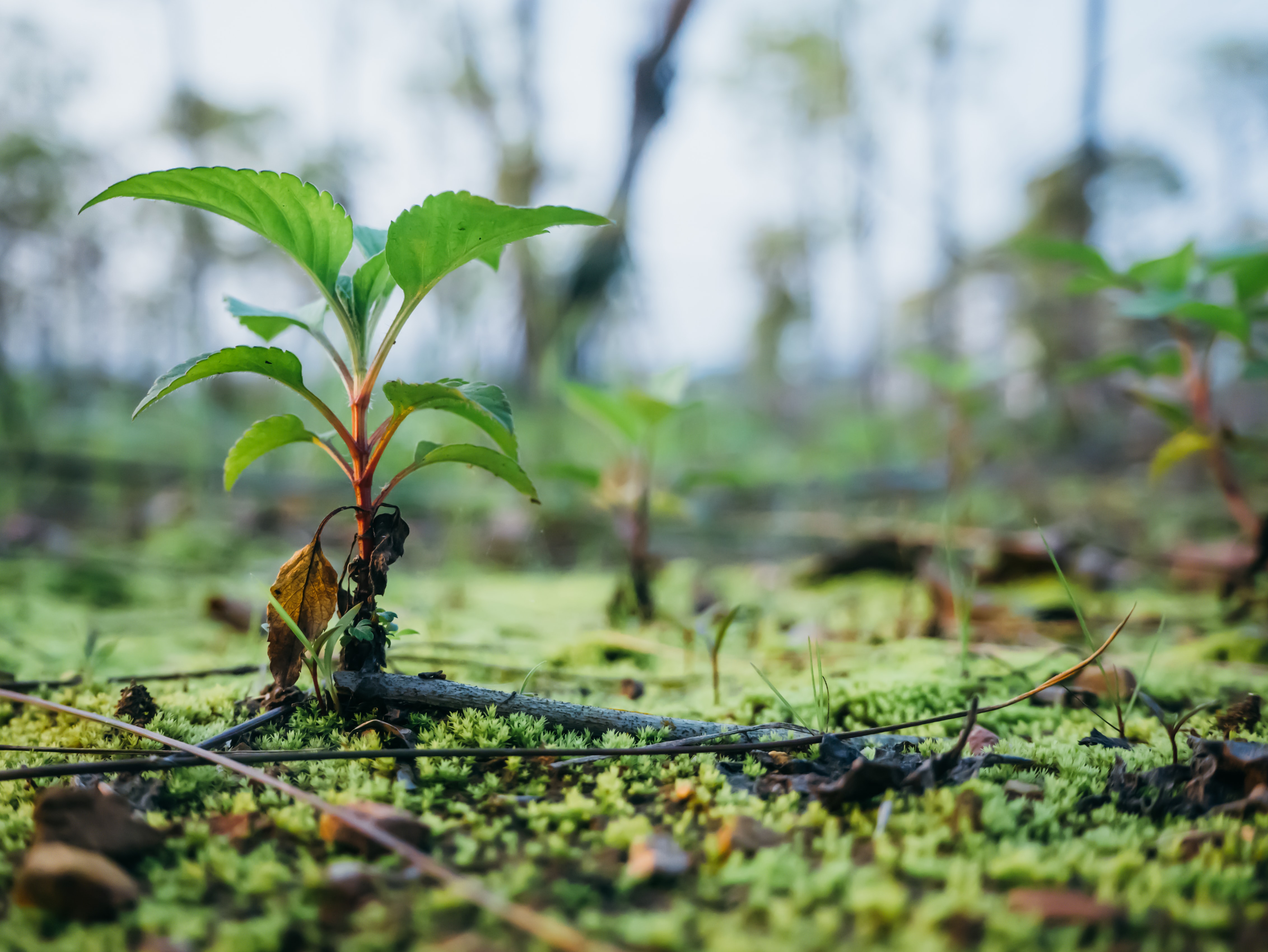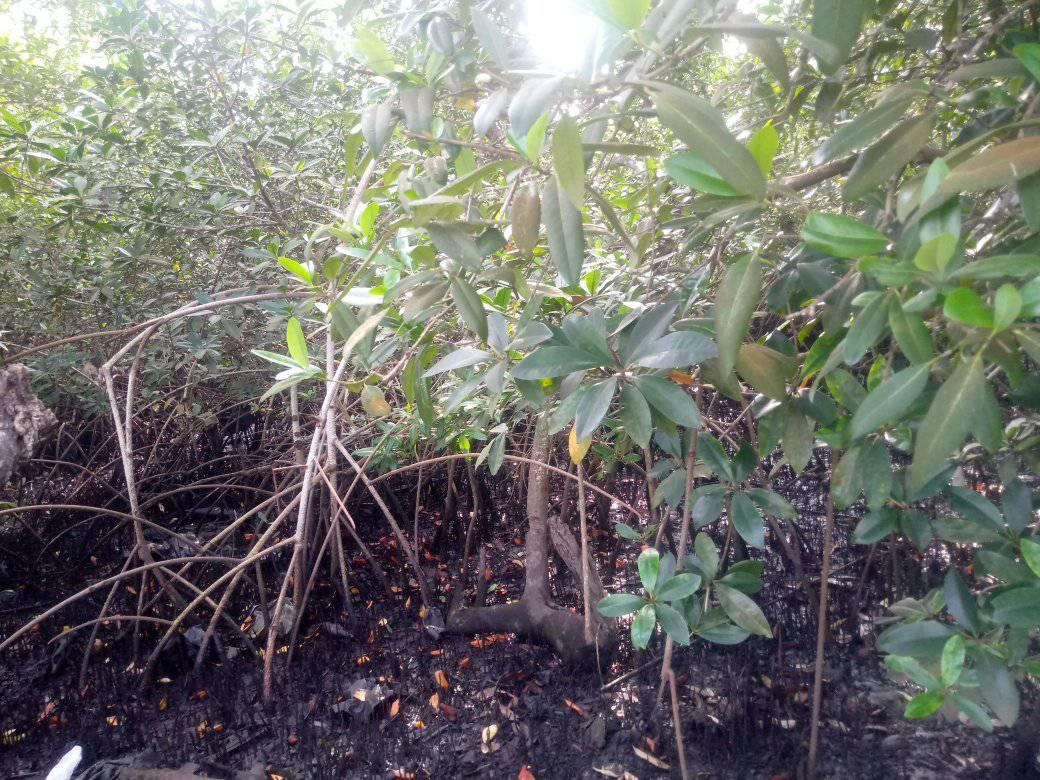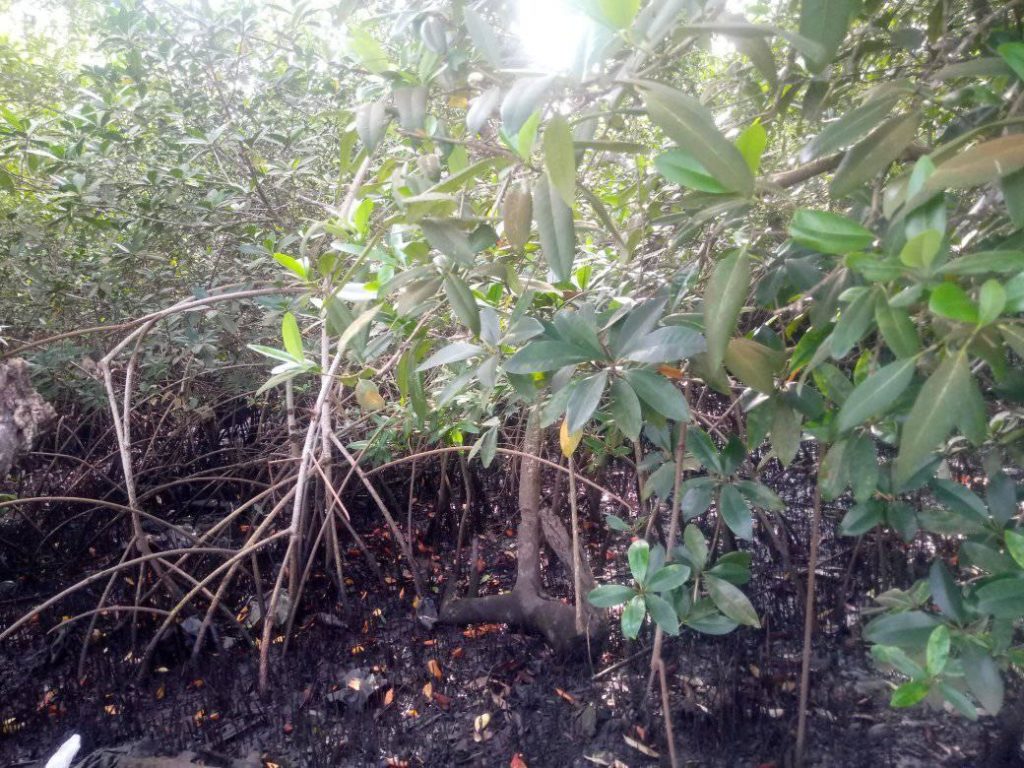
Mangrove forests and salt water marshes have a high capacity to store carbon. They offer enormous green growth benefits and opportunities in protecting and keeping coastal ecosystems thriving. Apart from serving as habitat for a variety of species, and wildlife, they are our natural allies in reducing risk of disasters and enhancing resilience to shocks. They play a key role in reducing storms, and act as flood protectors. The regrettable reality is that there is a lot of reckless felling of mangrove trees leading to deforestation that is consequently exposing the coastal landscapes to bareness and vulnerability to disasters, and other impacts of climate change.
Most coastal communities depend largely on wood fuel for cooking, and mangrove trees are among the easiest to exploit. For them mangrove trees are easily accessible energy source and a reliable fuel because it burns easily even when freshly harvested hence the large demand for it. Community knowledge and understanding of how to protect, conserve and balance use of these very vital life protecting resource is important. Yet, it can be a hard choice for them to make between the need for wood fuel and income from it and the need for safety and protection from potential life threatening risk of floods and storms.
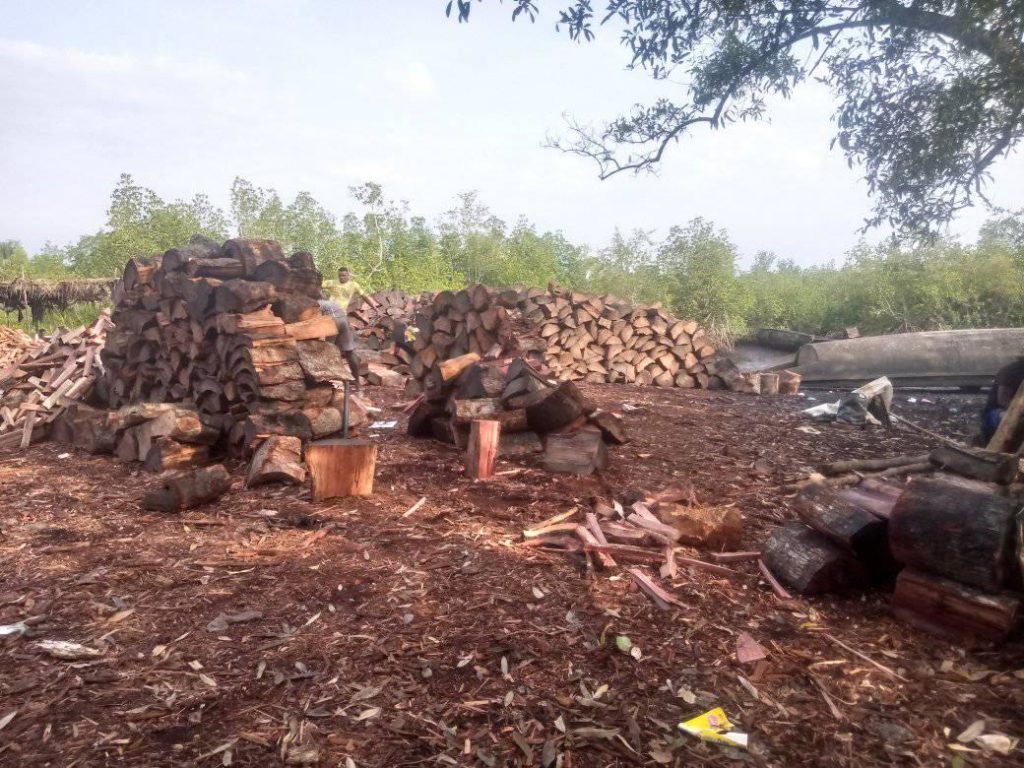
Photo credit Mukum Syntiche
#GreenAid towards reaching the #OneBillionTreesforAfrica goal, works with communities to restore and protect these vital ecosystems through enhancing communities’ capacity to preserve these landscapes. This is done by supporting the communities to create alternative income streams and clean energy sources that reduces reliance on these threatened mangroves.
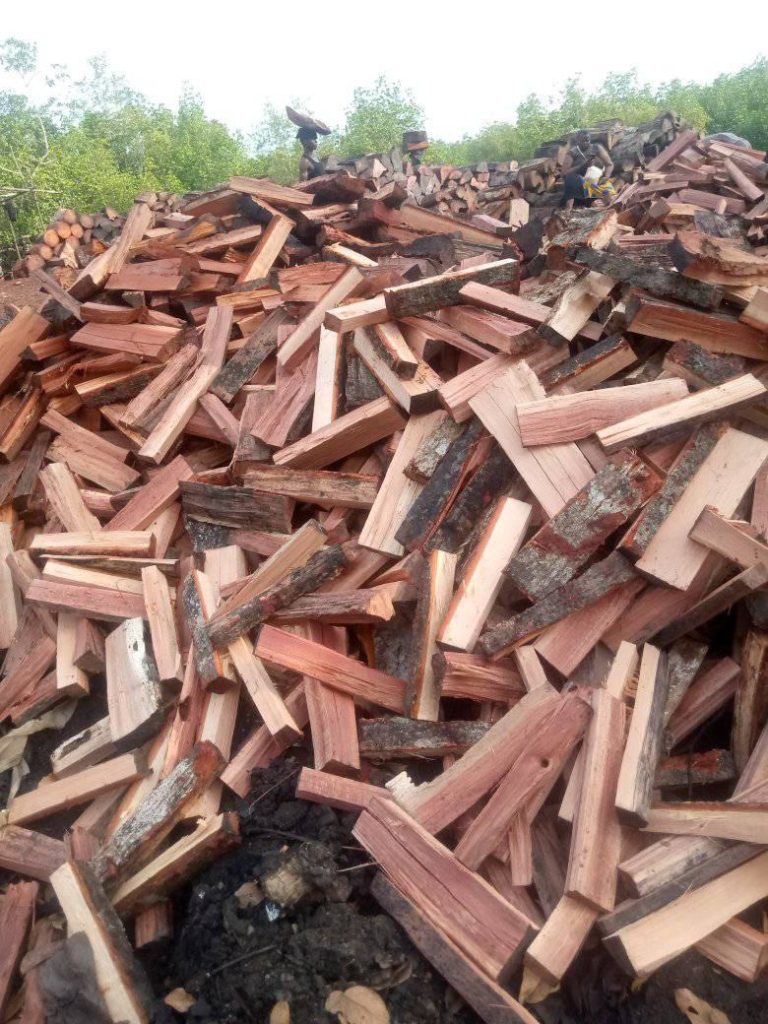
Photo credit Mukum Syntiche
Thank you
